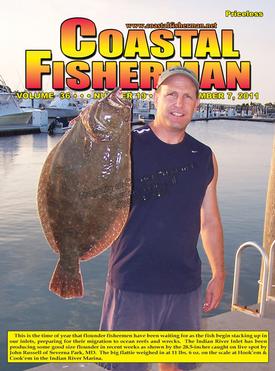


Article by Pat Schrawder
 THE NEW AGE OF INTERFACING – NMEA 0183 VS. NMEA 2000
THE NEW AGE OF INTERFACING – NMEA 0183 VS. NMEA 2000
If you have been looking for new electronic equipment to purchase lately, you will have undoubtedly noticed that just about everything “talks” to everything else. Your radio is connected to your GPS for DSC emergency calling and/or selective calling. Your GPS plotter is connected to your autopilot or your radar. Your fishfinder is communicating with both of them. If you are not particularly adept at computers and technology, this can be overwhelming. It’s like going to buy a replacement cartridge for your printer and the whole row is full of toner but you are left trying to figure out which one fits your model.
An attempt has been made for a while now to simplify things by standardizing some of these electronic communication features. An organization called the National Marine Electronics Association or NMEA has become the standard bearer for the field of electronics on boats and they have set standards for equipment outputs. When you look at the marine equipment models and their spec sheets, you will see the terms, NMEA0183 and/or NMEA2000 prominently displayed. However, do you know what they mean? Is it important to you in deciding what item to purchase?
In its most basic design, the terms NMEA0183 and NMEA2000 refer to the type of input/output “sentences” that an item of equipment has. For different models of equipment to communicate with each other, you need to do more than just connect them together. They have to have fittings that match and they have to have compatible formats or data exchange sentences. In a perfect marine electronic’s world, everything should be able to “talk’ to everything else but it doesn’t quite work out that way, although things are improving.
The first attempt at standardization was the NMEA0183 model. It is still in use today. It is not a network but rather a serial data interface and has been the universal method for data exchange between two devices. It transmits at 4800 bits per second. It allows equipment that is NMEA0183 compatible to communicate with each other but not with non-NMEA0183 electronic equipment. It is considered a single “talker”, multiple “listener” device.
As more and more combination units and accessories have been developed, the need for multiple items to “talk” back and forth has prompted the NMEA to come out with a newer, faster and more flexible interface called the NMEA2000. This interface is designed as a multiple “talker” and multiple “listener” data network. It uses Controller Area Network (CAN) technology that was originally developed for the auto industry. It has a higher transmit rate of 250,000 bits per second and uses special cables that come in two sizes (mini and micro). The maximum distance for any device from the “bus” is six meters. On larger vessels, a single “backbone” cable is used to run the main line and then shorter cables are run from the component to the backbone. NMEA2000 devices are not compatible with NMEA0183 units but there are some interface adapters that allow you to send and receive data between different types.
In spite of the fact that NMEA2000 was designed to improve compatibility among units, speed up the data transfer and allow more back and forth communication from multiple sources, it has some remaining complications. The starkest of these is that manufacturers have designed their units with their own proprietary networks. Furuno’s is called NavNet, Simrad’s is Simnet, Raymarine’s is called Sea Talk and Garmin is called the Garmin Marine Network. Simnet is a standard NMEA2000 network but uses non-standard plugs so you have to order their own. In other case, adapters are available to convert to standard NMEA2000.
So what is the bottom line? If you buy new equipment that you plan to connect to other equipment, you want to check to see which format it uses- NMEA0183 or NMEA2000. Then check to see if they use standard cables or special ones unique to their equipment. In either case, must they be purchased separately and need to be added into the cost? Is there programming that needs to be done after installation to set up the desired “sentences”? If all this overwhelms you, consult their website or call their tech support line for help. Otherwise, it may be best to leave it to the professionals who know what is needed and how it is to be done.
Pat and her husband, Larry are owners of L&L Marine Electronics on Golf Course Road in West Ocean City, MD.